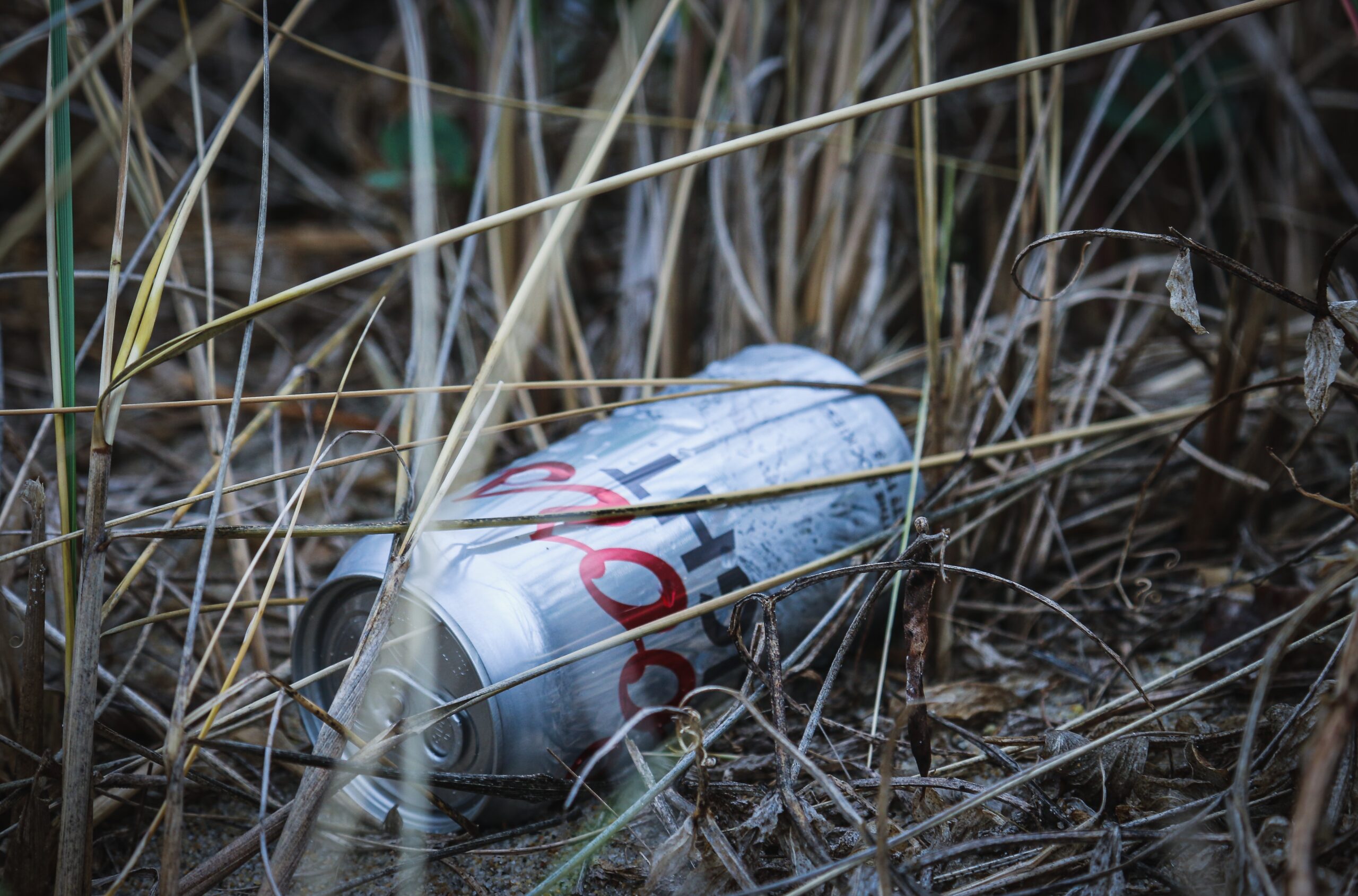Littering is the careless throwing away of garbage in nature, in parks or in public spaces. In a recent report, the Federal Environment Agency takes a close look at the littering situation in Austria.
1,000 tons of garbage
In 2018, about 1,000 tons of waste were collected in Austria in 2,774 corridor cleaning campaigns. More than 163,000 volunteers were motivated to do this throughout the country. While the number of items collected has decreased slightly, the number of volunteers has increased slightly. The decrease in the amount of waste carelessly thrown away in nature is mainly due to the fact that heavy objects are no longer disposed of illegally so often.
What is being littered?
Packaging (plastic, metal and glass) is disproportionately represented in littering waste along roads, with plastic packaging – especially PET bottles – clearly predominant in terms of volume. The remaining share consists of various types of waste such as leftover food and other plastic waste. Fortunately, hardly any more problem materials and old electrical appliances are illegally deposited.
Improperly disposed cigarette butts are still one of the biggest problems. They are the most frequently carelessly thrown away, since they are usually not perceived as serious waste due to their size.
Where can you find the most?
Nowadays, littering takes place mainly in public places or meeting places, at traffic transfer points, along busy roads, near take-away restaurants, gas stations, shopping malls and in natural recreation areas heavily polluted by leisure activities, such as bathing lakes.
Why is waste simply disposed of in nature?
Whether or not there is littering, does not necessarily depend on a person’s attitude towards the offence. Often the act of carelessly throwing it away goes against the person’s own values, but these compete with other values that are more important, such as social acceptance among young people. Therefore, situational circumstances, i.e. time of day or anonymity and the social environment are crucial in determining whether garbage ends up in nature or not.

Who are the culprits?
A survey of 400 litterates carried out by the Humbold University concluded that not children and adolescents are the main culprits, but young adults (between 21 and 30 years of age). The results of the study also show that in the rarest cases a lack of disposal possibilities is decisive, because in almost half of the littering waste, the waste container was located in the immediate vicinity (distance: 0-10 meters).
Nevertheless, companies must also be increasingly called to account. They produce disposable packaging and have not yet had to pay for the negative environmental impact. In the past, it was common practice that packaging had a value and was reused for a long time. It is only through the disposable culture driven by marketing in recent years and a change in consumer behaviour that litter has become a problem.
— Hector Pascua Source: global200o.at. Picture: stockilyapp.com
This post has already been read 1380 times!



